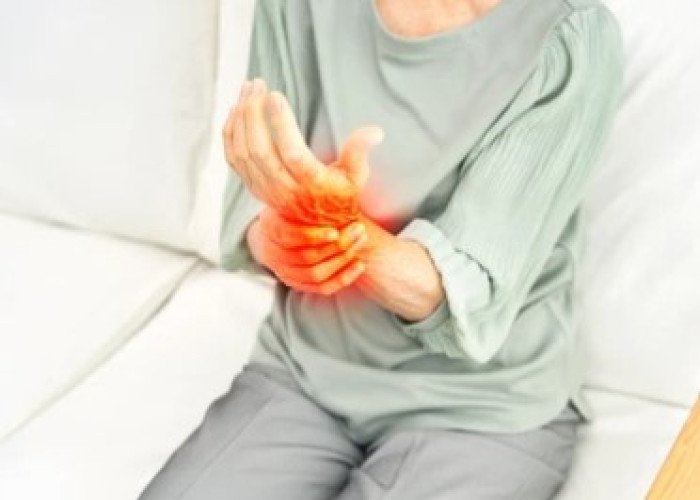 Welcome
Welcome
“May all be happy, may all be healed, may all be at peace and may no one ever suffer."
Warts - Homeopathic remedies
Warts are small, rough growths on the skin caused by the human papillomavirus (HPV). They are usually harmless but can be bothersome and unsightly. Warts can occur on any part of the body but are most commonly found on the hands and feet.
There are several types of warts, including common warts, plantar warts, flat warts, and genital warts. Common warts typically appear on the fingers and toes and have a rough, grainy appearance. Plantar warts appear on the soles of the feet and can be painful when walking. Flat warts are small and smooth and usually appear on the face, neck, and hands. Genital warts are a sexually transmitted infection and appear on the genitals, anus, or surrounding skin.
Warts are spread through direct contact with the virus, usually through a cut or scratch in the skin. They can also be spread indirectly through shared objects, such as towels or shoes. The virus can take several months to cause a wart to appear after initial contact.
Most warts will go away on their own over time, but some may require treatment. Over-the-counter treatments, such as salicylic acid and duct tape, can help remove warts. In more severe cases, a doctor may freeze or burn the wart, or remove it surgically.
To prevent warts, it is important to practice good hygiene and avoid direct contact with warts or objects that may be contaminated with the virus. It is also recommended to avoid biting nails or picking at hangnails, as this can create an opening in the skin for the virus to enter.

Rash

Snakebite

Erysipelas

Vomiting bile

Blurred vision

Neuralgia

Talkative

Stammer
Warts, আঁচিল
To be happy, beautiful, healthy, wealthy, hale and long-lived stay with DM3S.




